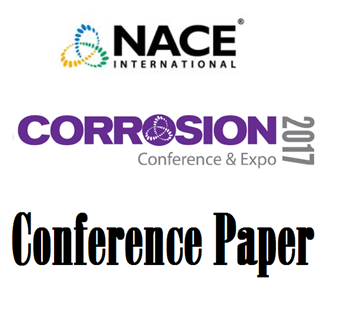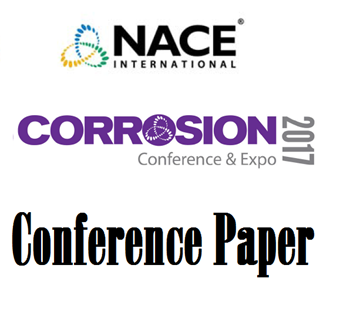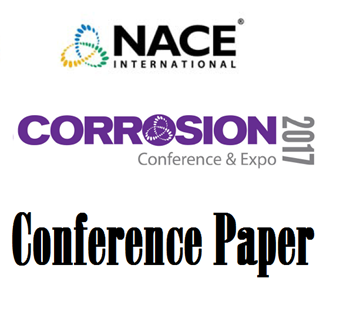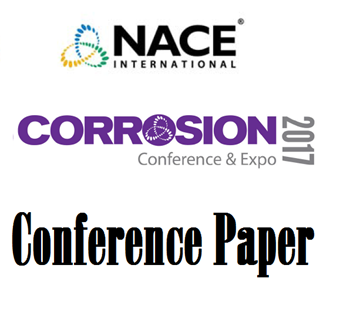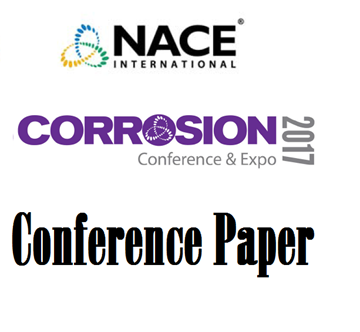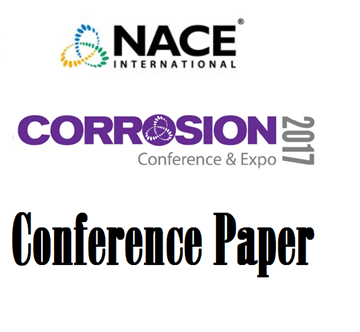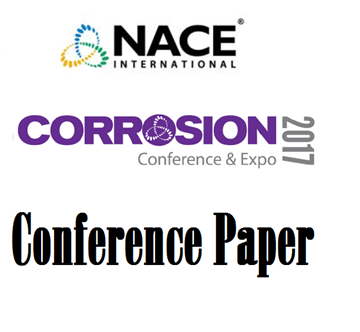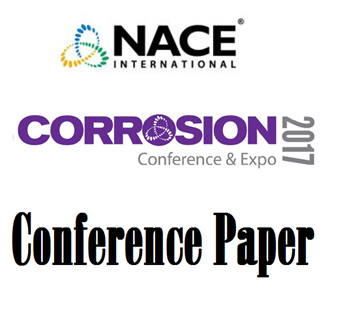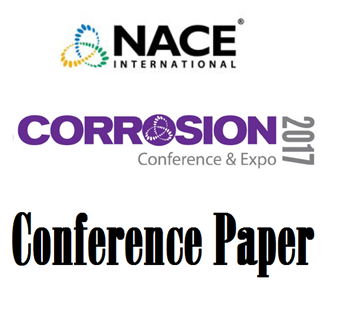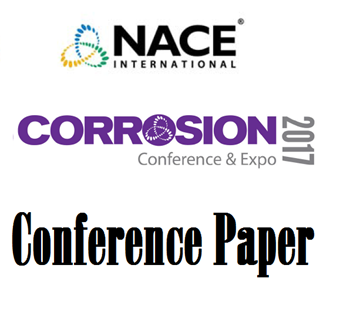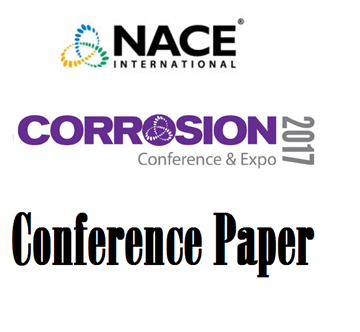Search
Products tagged with '2017 Conference Papers'
View as
Sort by
Display
per page
Corrosion of Ni-Based Alloys and Stainless Steels in Molten Fluoride Salts for Gen IV Reactors
Product Number:
51317--9132-SG
ISBN:
9132 2017 CP
Publication Date:
2017
$20.00
Corrosion of Nickel Alloys in Elevated Temperature Sour Gas Environments
Product Number:
51317--9135-SG
ISBN:
9135 2017 CP
Publication Date:
2017
$20.00
Corrosion of Stainless Steels AISI 304 and AISI 316 Induced by Sulfare Reducing Bacteria in Anoxic Groundwater
Product Number:
51317--9359-SG
ISBN:
9359 2017 CP
Publication Date:
2017
$20.00
Corrosion Properties of Ni-44Cr-1Mo Alloy in Acidic Solutions and High Temperature Environments
Product Number:
51317--9052-SG
ISBN:
9052 2017 CP
Publication Date:
2017
$20.00
Corrosion Properties of Ni-Al Bronze and it’s Main Alloying Elements - Effect of pH
Product Number:
51317--9306-SG
ISBN:
9306 2017 CP
Publication Date:
2017
$20.00
Corrosion Protection Enhancement by the Use of Polymers
Product Number:
51317--8989-SG
ISBN:
8989 2017 CP
Publication Date:
2017
$20.00
Corrosion Resistance of Large Components Produced rfom AF932N High Nitrogen Stainless Steel Ingots
Product Number:
51317--9322-SG
ISBN:
9322 2017 CP
Publication Date:
2017
$20.00
Corrosion Resistance of the Super-Austenitic Stainless Steel UNS S31266 for Geothermal Applications
Product Number:
51317--8825-SG
ISBN:
8825 2017 CP
Publication Date:
2017
$20.00
Corrosion Risk Evaluation of Duplex Stainless Steel UNS S82551 in Treated Seawater Injection Well Service
Product Number:
51317--9608-SG
ISBN:
9608 2017 CP
Publication Date:
2017
$20.00
Corrosion Testing of Coating Materials for Geothermal Turbine Application
Product Number:
51317--9185-SG
ISBN:
9185 2017 CP
Publication Date:
2017
$20.00
Crack Development in Fatigue Growth Assessment for Pipelines
Product Number:
51317--9402-SG
ISBN:
9402 2017 CP
Publication Date:
2017
$20.00
Crevice Corrosion of Stainless Steel in Tropical Seas
Product Number:
51317--9327-SG
ISBN:
9327 2017 CP
Publication Date:
2017
$20.00

